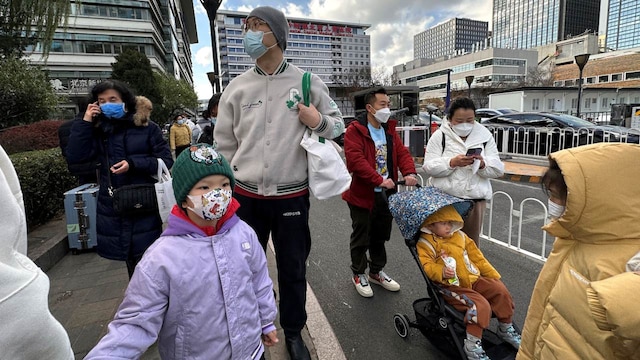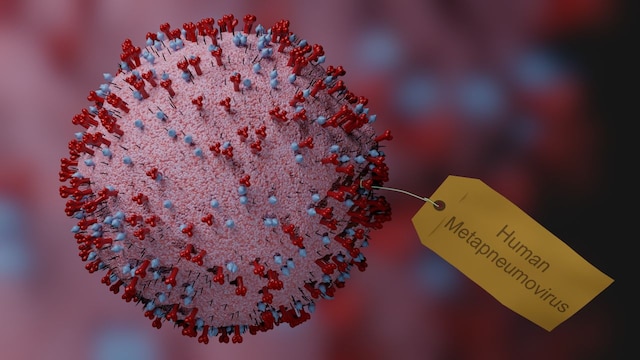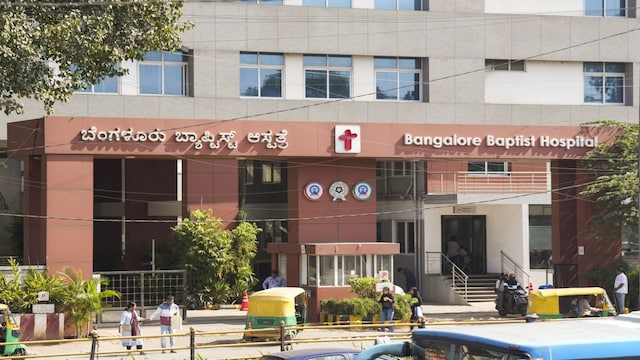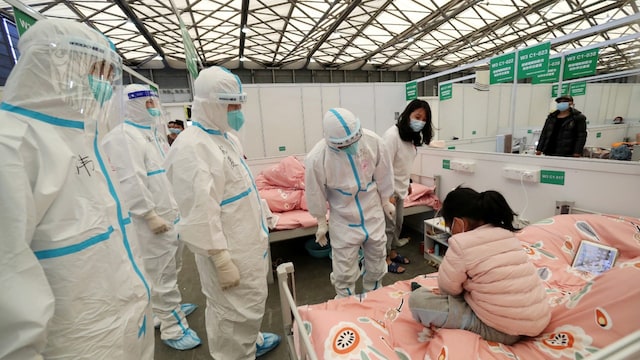

A New Viral Threat Is Making Headlines: An outbreak of the Human Metapneumovirus (HMPV) in northern China has raised alarm globally. Some other countries, including India, have reported HMPV cases. What is this virus, and should we be worried? Is the world facing another pandemic? Here’s all you need to know about it. (Image: Reuters)

What Is The HMPV Virus? | HMPV is a common respiratory virus that causes flu or cold-like symptoms. It is a seasonal disease that usually occurs in colder seasons. The virus belongs to Pneumoviridae, a family of negative[1]strand RNA viruses in the order Mononegavirales — the same family as respiratory syncytial virus (RSV). (Image: Shutterstock)

Is It A New Virus? | No. According to the China’s Centre for Disease Control (CDC), the HMPV virus was first identified in 2001 by Dutch researchers in samples from children with respiratory infections caused by unidentified pathogens. Serological studies suggest that HMPV has been around for at least 60 years, circulating globally as a common respiratory pathogen. (Image: Reuters)

Why Is It In The News? | HMPV cases are surging in northern China, especially among children, prompting China’s CDC to issue health and hygiene precautions. Rising cases have also been reported in Malaysia. In India, three cases have been detected — two in Karnataka, one in Gujarat as of January 6. HMPV cases have also been detected in Japan and Hong Kong. (Image: PTI)

How Does HMPV Spread? | HMPV primarily spreads through respiratory droplets or aerosols released when an infected person coughs or sneezes. It can also be transmitted through close contact with infected individuals or exposure to contaminated surfaces and environments. While HMPV can be detected year-round, its prevalence is highest during colder months. The incubation period typically ranges from 3 to 5 days after infection. (Image: Reuters)

Who Is Most At Risk? | HMPV poses a higher risk of severe illnesses, such as bronchitis and pneumonia, in older adults, young children, and individuals with weakened immune systems. Currently, there is no vaccine against HMPV.

What Is The Fatality Rate Of HMPV Infection? | According to a Lancet Global Health, 2021 report, HMPV accounts for 1% of acute lower respiratory infection-related deaths in children under five. Children, the elderly, and immunocompromised individuals often with co-infections from other respiratory viruses are among the high-risk groups. (Image: Reuters)

What Are The Symptoms Of HMPV Infection? | HMPV symptoms are similar to those seen in Covid-19 infections. The HMPV typically causes cough, fever, nasal congestion, and wheezing but can lead to bronchitis or pneumonia in severe cases.

Similarities Between HMPV And Covid-19 Virus | Both viruses can affect individuals of all ages, but young children, older adults, and those with weakened immune systems are most vulnerable. Both viruses spread primarily through respiratory droplets from coughing or sneezing, close personal contact, and touching contaminated surfaces followed by contact with the mouth, nose, or eyes.



